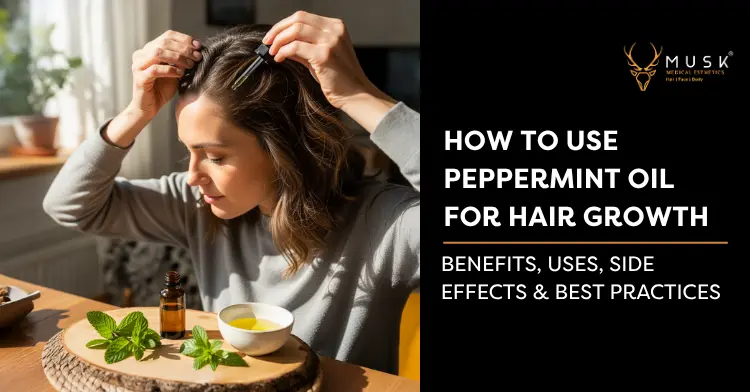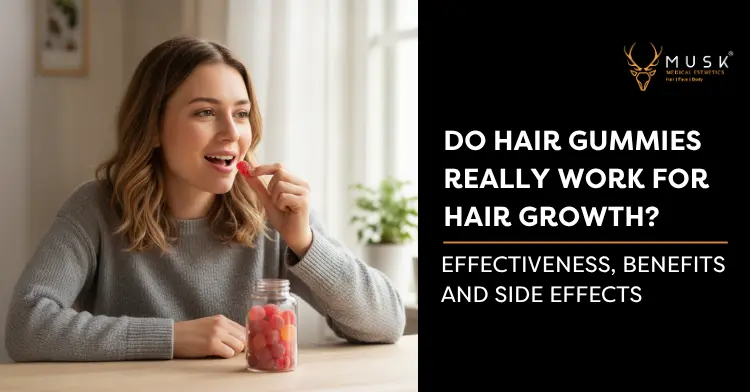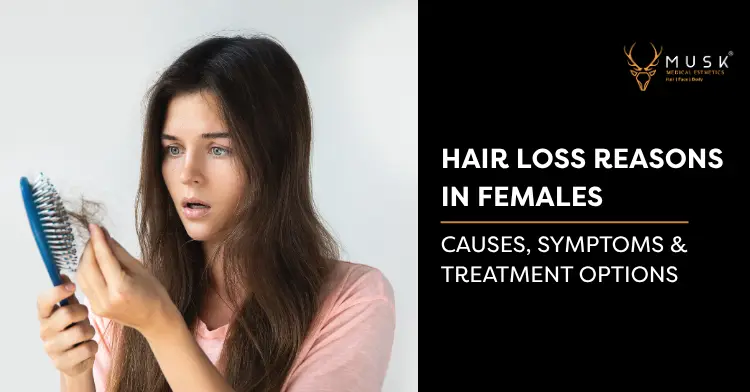How to Use Peppermint Oil for Hair Growth: Benefits, Uses, Side Effects & Best Practices

Key Takeaways
- Does it work? Peppermint oil may help hair growth. A 2014 study on mice showed it was very effective at promoting hair growth, even more so than minoxidil (the active ingredient in many commercial hair-loss products).
- How? It's believed to work by widening blood vessels in your scalp (vasodilation). This brings more blood, oxygen, and nutrients to your hair follicles.
- Is it safe? It can be, but only if you use it correctly. The most important rule is to NEVER apply pure, undiluted peppermint oil to your skin. It can cause burns and irritation.
- How do I use it? You must dilute it with a "carrier oil" (like coconut, jojoba, or almond oil). A few drops in a tablespoon of carrier oil is a good start. You can also add 5-6 drops to your shampoo bottle.
- The Bottom Line: Peppermint oil is a promising, natural tool for improving scalp health and can be a good supportive treatment for hair growth. It is not a guaranteed cure for baldness.
It’s a feeling many of us know.
That moment in the shower when you see a few more hairs in the drain than you’re comfortable with. Or when you run your hands through your hair, and it just doesn’t feel as thick as it used to.
Your first instinct might be a wave of panic. Your second is to search for a solution.
This search often leads you down a rabbit hole of home remedies, "miracle" products, and natural ingredients. One of the biggest names you’ll see in this search is peppermint oil.
But what's the truth? Is this just another internet trend, or is there real science behind it?
As experts who deal with hair and scalp health every day, we want to have an honest, simple conversation with you about it. Let's walk through the problem and see if peppermint oil is the solution you’re looking for.
What Is This Peppermint Oil Everyone Talks About?
Let’s start with the basics. Peppermint oil is what's known as an "essential oil".
This means it’s a highly concentrated liquid containing the natural, aromatic compounds from the peppermint plant. It’s extracted through a process like steam distillation.
The main active ingredient, the one that gives peppermint its famous "tingle" and minty smell, is menthol.
Menthol is the powerhouse component we're interested in. It's what provides the cooling sensation when you use it and is responsible for most of its potential health benefits.
Does Peppermint Oil Actually Help Your Hair Grow?
This is the big question, the one you really want answered. The simple answer is: The evidence is very promising.
While we need more studies on humans, the scientific research we do have is exciting.
How Does It Work?
The magic word is vasodilation.
That's just a technical term for widening blood vessels. When you apply diluted peppermint oil to your scalp, the menthol in it causes a cooling, tingling sensation.
This sensation is the menthol stimulating the nerves and, more importantly, causing the tiny blood vessels just under your skin to relax and open.
Think of it like upgrading a tiny, narrow path to a wide, multi-lane highway. More blood can now flow to your hair follicles. This fresh blood flow delivers a rich supply of oxygen and essential nutrients, which is exactly what your hair follicles need to thrive.
This process can help "wake up" dormant follicles and push them from the resting (telogen) phase into the active growing (anagen) phase.
What Does the Research Say?
The most famous study on this topic came from Korea in 2014. It's the one everyone points to, and for good reason.
Don't worry, we'll make it simple.
The Test: Researchers tested four different topical treatments on mice to see which one grew hair best.
The Groups:
- Saline (salt water)
- Jojoba oil (a common carrier oil)
- Minoxidil (the FDA-approved drug in Rogaine)
- Peppermint essential oil (PEO), diluted with jojoba oil
The Results: After 4 weeks, the peppermint oil group won by a landslide.
- What they found: The PEO group showed the most significant hair growth. They had a "remarkable" increase in follicle number, follicle depth, and the thickness of the skin's dermal layer.
- The Big Takeaway: In this animal study, peppermint oil not only worked, it actually performed better than minoxidil at stimulating hair growth.
Again, it's very important to be honest here: this was a study on mice. Human scalps are different. However, the mechanism—improving blood flow and nourishing follicles—is incredibly logical and promising.
What Are the Other Benefits for My Hair and Scalp?
Even if your main goal is hair growth, peppermint oil isn't a one-trick pony. Its properties can solve a whole range of other common (and annoying) scalp problems.
A healthy, happy scalp is the best foundation for growing healthy, strong hair.
1. Can It Stop My Scalp from Itching?
Yes. This is one of its most immediate benefits.
If you have a dry, tight, or persistently itchy scalp (a condition called pruritus), the menthol in peppermint oil can be a lifesaver.
The strong cooling and soothing properties of menthol help to calm the nerves that send "itch" signals. It provides instant, cooling relief that feels fantastic and stops you from scratching, which in turn prevents further damage to your scalp and hair.
2. Will It Help with Dandruff or an Oily Scalp?
Yes, it can. Dandruff is often caused by a fungus or an overgrowth of bacteria, or by a scalp that's producing too much oil (sebum).
Peppermint oil is a natural antimicrobial, antifungal, and antiseptic.
This means it helps to "clean house" on your scalp. It can kill off the microbes that cause dandruff and inflammation.
It also has astringent properties, meaning it can help normalize and balance your scalp's pH and oil production. It cleanses the follicles of built-up oil and residue, letting your skin breathe.
3. Does It Keep the Scalp Clean?
Absolutely. Because of all the properties listed above—antimicrobial, anti-inflammatory, and cleansing—it's a fantastic scalp clarifier.
By keeping your scalp free of dandruff, excess oil, and inflammation, you create the perfect, healthy environment for new hair to grow.
How Can I Use Peppermint Oil Safely for My Hair?
This is the most important part of our conversation.
You cannot just buy a bottle of pure peppermint oil and dump it on your head. Pure essential oils are incredibly potent and will cause irritation, redness, and even chemical burns if used undiluted.
Here is how to use it the right way.
The #1 Rule You Must Follow: DILUTE IT!
We're saying it again because it's that important. You must, must, must dilute peppermint oil in a "carrier" before it ever touches your skin.
What's a "Carrier Oil" and Which One Should I Use?
A carrier oil is a gentle, skin-friendly oil used to "carry" the essential oil onto your skin safely. It dilutes the potent essential oil, so you get all the benefits without the burns.
Choosing the right one can even add extra benefits.
Common Carrier Oils and Their Benefits
| Carrier Oil | What It's Good For | Why We Like It |
|---|---|---|
| Jojoba Oil | All hair types, especially oily scalps | Its structure is the most like your scalp's natural oils (sebum), so it's easily absorbed and doesn't feel greasy. |
| Coconut Oil | Dry, damaged, or brittle hair | It's full of fatty acids that penetrate the hair shaft to moisturize from within. (Use "fractionated" coconut oil if you want it to stay liquid). |
| Almond Oil | Dry, itchy, or sensitive scalps | It's very gentle, lightweight, and packed with Vitamin E, which is great for soothing irritated skin. |
| Argan Oil | Frizzy or dry hair | A fantastic moisturizer that's rich in antioxidants. Great for adding shine and taming frizz. |
| Olive Oil | Thick, coarse, or very dry hair | A heavier oil that's excellent for deep conditioning and sealing in moisture. |
Now, let's look at the three best ways to use it.
Way 1: Add It to Your Shampoo or Conditioner
This is the simplest, "set it and forget it" method.
- What to do: Get your bottle of shampoo or conditioner.
- The Ratio: Add about 5-6 drops of peppermint oil for every 3-4 ounces (or 100ml) of your product.
- How to use: Close the cap and shake the bottle very well to mix it. Then, just wash your hair as you normally would. When you shampoo, try to leave it on your scalp for 1-2 minutes to let the menthol do its work before rinsing.
A Better Way: Make a Simple Scalp Massage Oil
This is our preferred method because it's the most direct and effective. It's also the method that most closely mimics the 2014 study.
The massage itself also helps to stimulate blood flow, so you get a double benefit.
- What to do: Get a small bowl, your carrier oil of choice, and your peppermint oil.
- The Ratio: This is key. You're aiming for a 1% to 3% dilution. A good, safe rule of thumb is 2-3 drops of peppermint oil per 1 tablespoon of carrier oil.
- How to use:
- Mix the oils together in your hand or a small bowl.
- Using your fingertips (not your nails!), gently massage the oil mixture all over your scalp.
- Use slow, circular motions for at least 5 minutes. This is meant to be relaxing, not a vigorous scrub.
- Let the oil sit on your scalp for 15 to 30 minutes. You can put on a shower cap to contain it.
- Wash it out thoroughly with your regular shampoo. You might need to shampoo twice to get all the oil out.
- How often? You can do this 2-3 times a week.
A Deep Treatment: A 2-Minute Hair Mask Recipe
If your scalp is also very dry, you can make a simple deep-conditioning mask.
- What to do: In a small bowl, mix 3-4 tablespoons of your favorite carrier oil (like coconut or almond oil).
- The Ratio: Add about 4-5 drops of peppermint oil and mix well.
- How to use:
- Apply the mixture generously to your scalp, massaging it in.
- Work the leftover oil through the ends of your hair for extra moisturizing.
- Wrap your hair in a towel or shower cap and let it sit for 30 minutes to an hour.
- Wash out thoroughly with shampoo.
Are There Any Side Effects I Should Worry About?
We are a medical clinic, so safety is our number one priority. While peppermint oil is natural, "natural" does not automatically mean "zero risk".
You must be smart about it.
How to Do a "Patch Test" (A Must-Do Step)
Before you put anything new on your entire scalp, you must do a patch test. This takes 48 hours, but it can save you from a world of hurt.
- Mix a tiny batch of your peppermint oil and carrier oil at the exact dilution you plan to use (e.g., 1 drop in half a teaspoon of jojoba).
- Apply a small dab of the mixture to a discreet patch of skin, like your inner elbow or behind your ear.
- Wait 24-48 hours.
- Check the area. If you see any redness, hives, or feel any burning or itching, your skin is too sensitive for it. Wash it off and do not use it on your scalp.
What Happens If I Use Too Much?
If you don't dilute it enough or just happen to be sensitive, you might experience:
- Skin irritation, redness, or a burning sensation
- Contact dermatitis or an allergic rash
- Headaches or dizziness from the very strong fumes
- Getting it in your eyes is extremely painful (so be careful!)
If you feel any painful burning (not just a mild tingle), wash it off your scalp with shampoo immediately.
Who Should Not Use Peppermint Oil?
As a precaution, you should avoid using peppermint oil on your scalp if you are:
- Pregnant or breastfeeding
- A child or infant. The menthol is far too strong for their skin.
- Someone with very sensitive skin or a known allergy to mint.
What's the Best Way to Get Real Results?
Okay, so you've done your patch test and you're ready to start. Here are our expert tips for making it work.
How Much Peppermint Oil Is the Right Amount?
We've created a simple table to help you with dilution, as this is the most common mistake. The "safe zone" is 1-3%. Never go above 3%.
Simple Peppermint Oil Dilution Guide
| Carrier Oil Amount | 1% Dilution (Good Start) | 2% Dilution (Standard) | 3% Dilution (Max Strength) |
|---|---|---|---|
| 1 Tablespoon (15ml) | 1–2 drops | 3 drops | 4–5 drops |
| 2 Tablespoons (30ml) | 3 drops | 6 drops | 9 drops |
| 1/4 Cup (60ml) | 6 drops | 12 drops | 18 drops |
Our advice: Start low. Begin with a 1% or 2% dilution. You can always add more later, but you can't take it away once it's on your head.
How Often Should I Be Using It?
Consistency is more important than quantity.
Using your peppermint oil scalp massage 2 to 3 times per week is a fantastic, sustainable routine.
Using it every single day might be too much. It could over-stimulate your scalp and lead to irritation. Your scalp needs a rest, too.
Is It Okay to Leave Peppermint Oil in My Hair Overnight?
This is a common question, and we advise against it, especially when you are just starting out.
The longer the oil is on your scalp, the higher the risk of irritation. A 30-minute to 1-hour treatment is more than enough time for the oil to penetrate and for the menthol to stimulate blood flow.
A Hair Expert's Honest Opinion on Peppermint Oil
Here at Musk Clinic, we see patients with all levels of hair loss. We are big believers in science-backed treatments, from advanced procedures to proven medications.
So, where does peppermint oil fit into our professional opinion?
We see it as a fantastic supportive player.
Think of your hair growth plan as a team. You need a few star players (like a professional diagnosis and a core treatment plan), but you also need a strong support team.
Peppermint oil is a brilliant support player. It creates a healthy, clean, and well-nourished environment for your hair to grow. By tackling scalp-level problems like inflammation, itchiness, oil, and poor blood flow, you are giving your hair follicles their best possible chance to succeed.
We would never tell a patient that peppermint oil is a 100% guaranteed cure for genetic baldness. But we would absolutely tell a patient it's a wonderful, natural, and low-cost way to improve their overall scalp health as part of a larger, holistic plan.
The Bottom Line: Your Next Step for Healthier Hair
So, let's circle back to that initial worry—the hair in the drain, the feeling of thinning. It's a problem that can feel overwhelming, but the good news is you have options.
Peppermint oil is a promising, science-backed natural remedy. It's not a magic, overnight cure for all hair loss, but it is a powerful tool for your toolkit. It's a fantastic way to improve your scalp health, tackle itchiness and oil, and create the perfect, nutrient-rich environment for your hair to grow.
When used safely (diluted, always!), consistently (a few times a week), and patiently (give it a few months), peppermint oil can be a wonderful, refreshing, and effective part of your hair care routine.
But the most important step in any hair journey is understanding the cause of your concern. Home remedies are a great first step, but they work best when combined with a clear understanding of your personal hair and scalp needs.
If you've been struggling for a while, or if your hair loss is causing you stress, the best thing you can do is talk to a professional. We're here to help you move beyond guesswork and create a real, personalized plan that brings back your confidence.
Have More Questions? We Have Answers.
Beard: Yes, the same rules apply. Dilute it in a carrier oil (like jojoba) and patch test it on your jawline first.
Eyebrows: We would strongly advise against this. The risk of getting the oil in your eyes is far too high. It's just not worth it.
Home remedies are wonderful for mild thinning or for improving general scalp health. You should come and see a specialist, like our team at Musk Clinic, if:
- Your hair loss is sudden and rapid.
- You are losing hair in patches or clumps.
- Your scalp is painful, red, or scaly.
- You've been trying home remedies for 6+ months with no improvement.
- Your hair loss is causing you significant emotional distress.
Sometimes, you need a professional diagnosis to get to the root of the problem. And that's exactly what we're here for.

Dr. Anand B. Shah
- 10 Years of Experience
Dr Anand B. Shah, is a board-certified Maxillofacial & Craniofacial surgeon who is highly skilled in cosmetic facial and hair restoration surgery and has exclusively practised the same, internationally and nationally.











